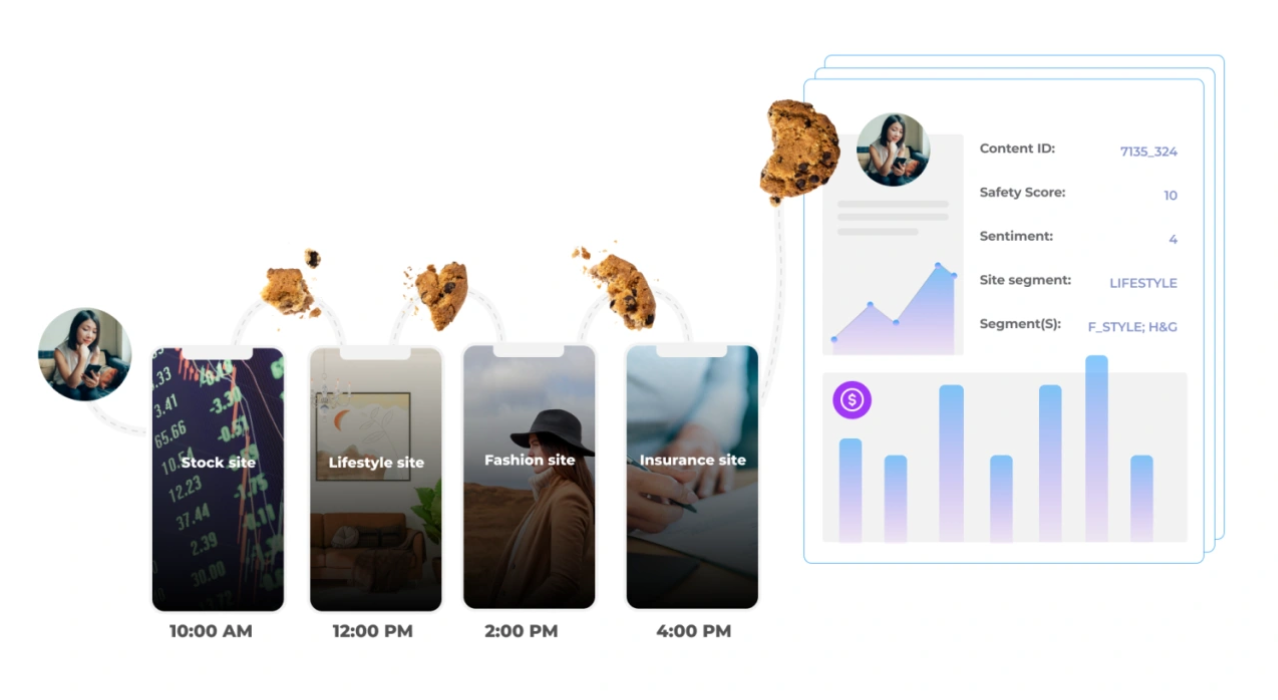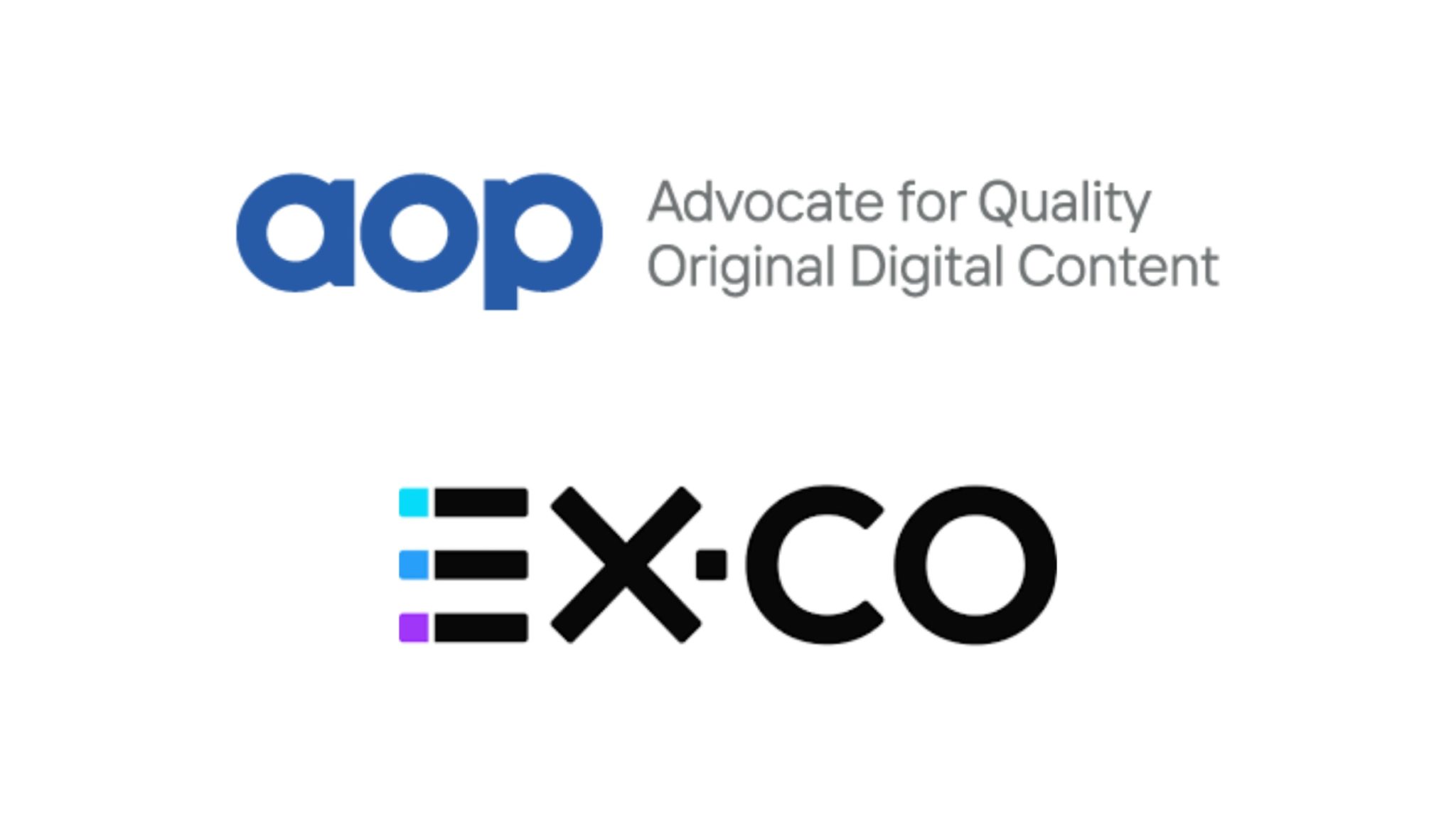With media and technology trends endlessly evolving, publishers are met with many considerations when it comes to maintaining revenue growth and audience relationships. Following the release of the Association of Online Publishers (AOP)’s report, “Meeting the Future,” EX.CO met with leading product, revenue, and editorial executives from a number of top UK media companies to discuss the future of media and how to continue building healthy audience habits and sustainable revenue streams.
To spread the knowledge, we’re giving you top insights from the event that you can start implementing on your site to start turning passive users into active participants.
1. Turn your content into an experience
Before the internet grew into what we know it as today, having robust content on your site could be enough to drive traffic and bring in recurrent readers. The publishing model was one of passive consumption. Enjoying the complete and finished article, so to speak. Today, users are overwhelmed with the world of content existing online in many formats. We’ve shifted into a new era where experience has a major impact on whether users convert and come back to your site.
Creating a valuable experience for your audience starts with understanding who your target audience is, what they like to see and do, and what needs they have. Publishers have relied on third-party cookies and services to acquire and leverage this data in the past, but with new privacy regulations on the horizon, many are left in search of a new method of data collection, data generation, and corresponding revenue models.
This shift may appear to be negative, but in actuality, a positive opportunity has been presented to publishers. Third-party data is both indirect, deduced, and puts your audience’s privacy at risk. When using third-party data, publishers are more reliant on outside sources for their revenue. Now, publishers will need to shift to first-party data collection strategies which focus more on building a relationship with consumers that is more direct and personal. In return, a better experience is delivered to users, creating the foundation for healthy sustainable revenue streams, whatever the exact revenue mix is for that specific B2C and B2B publisher.

2. Hit the “worth it” benchmark
We’ve all had a moment where we are about to subscribe to a newsletter, paywall, or subscription and thought to ourselves, “is this worth it?” As a consumer, in a perfect world, all content would be free online. But as a publisher, revenue has to flow in with all the work it takes to produce content on a regular basis. So, how should publishers make decisions on things like paywalls vs. gated content, free articles, subscription models, etc. so that they are hitting the “worth it” benchmark for their consumers without overcharging or undercharging? The answer is simple, but hard: listen, test, and engage.
The answer is simple, but hard: listen, test, and engage.
Start thinking about questions like: What topics are important to my audience? How many free articles should I give before I enact the paywall? Should we give discovery options for users to help them learn more and further engage with the site? Is our content enticing enough for consumers to hand over their information and hard-earned money?
Marrying these more exclusive offerings with a great UX, relevant ads, or an informational newsletter can be helpful when trying to hit that “worth it” benchmark. Try out multiple avenues and see what sticks with your specific audience - there’s no one right answer.
- What topics are important to my audience?
- How many free articles should I give before I enact the paywall?
- Should we give discovery options for users to help them learn more and further engage with the site?
- Is our content enticing enough for consumers to hand over their information and hard-earned money?
3. Understand personalization vs. customization
When speaking about user experience, personalization and customization are two words that have been used very interchangeably. But, understanding the differences in the words can make an impact when it comes to creating that “they get me” moment for your users.
Emotional connection is the major factor that separates personalization from customization. Developing meaningful relationships with your consumers allows you to create a space where you can go further than just showing them what they are asking for; you can share content that they didn’t know they needed.
So now the question becomes, how do we serve the content our audience isn’t asking for, but that will provide them value? By recirculating content in your MRSS and RSS feeds or providing meaningful content suggestions, you can show your audience the sections of your site that they need to see but might not be directly searching for. Your audience will have that “they get me” reaction that will keep them coming back to your site for more.
People are complex and developing relationships with your audience can feel overwhelming at times. With the right tools and data collection strategies in place, you can turn your passive readers into active participants that return to your site.
To learn more about data collection strategies and user experience techniques, get in touch with the EX.CO team here:
